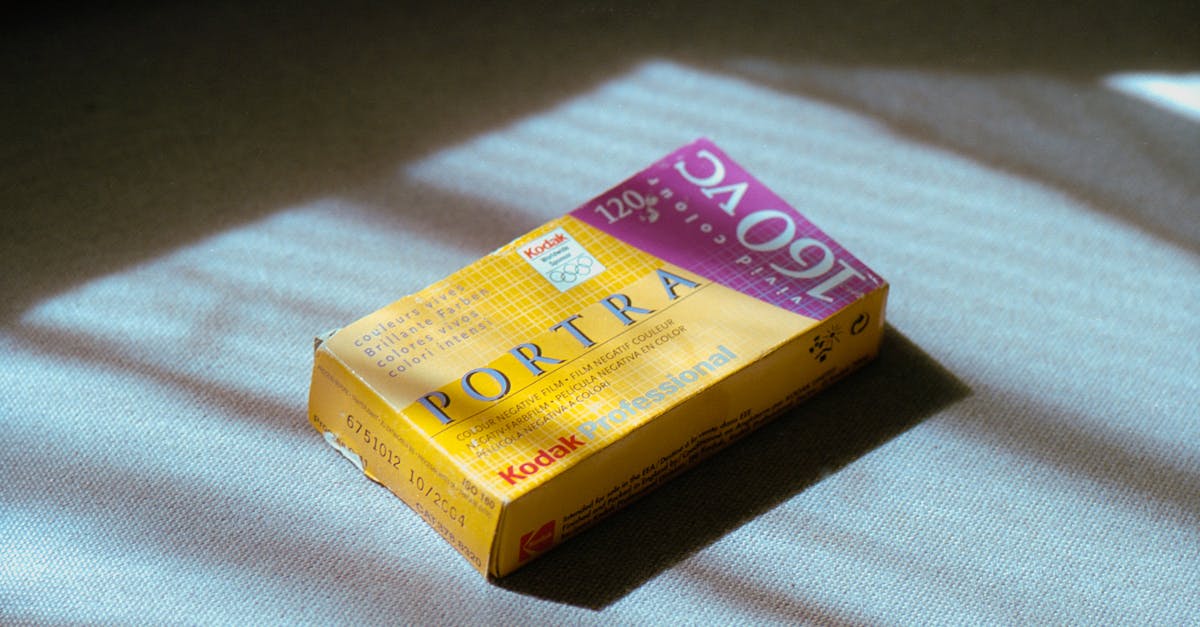Understanding the Technology Behind Pushrod Sewer Cameras

Table Of Contents
Common Issues and Troubleshooting for Pushrod Sewer Cameras
When using pushrod sewer cameras, operators may encounter a range of common issues that can hinder the inspection process. One frequent problem is the buildup of debris on the camera head, which can obscure the view and affect the clarity of the footage. This can be addressed by regularly cleaning the camera head before and after each inspection to ensure optimal performance. Additionally, issues with connectivity or signal loss between the camera and the monitor can disrupt the inspection. Checking the cables for any damage or loose connections and ensuring they are securely connected can help resolve this problem.
Another common issue with pushrod sewer cameras is related to the pushrod itself, such as kinks or bends that may impede its movement through the pipes. It is essential to inspect the condition of the pushrod regularly and replace it if any damage is detected. Incorrect calibration of the camera settings can also lead to distorted images or inaccurate measurements during the inspection. Operators should familiarise themselves with the camera's settings and make necessary adjustments to ensure accurate and reliable data collection.
What are some typical problems encountered with pushrod sewer cameras?
How do pushrod sewer cameras differ from tethered ones?
Pushrod sewer cameras and tethered sewer cameras are both valuable tools in the field of plumbing and sewer inspections, each with its own set of unique features. Pushrod cameras, as the name suggests, utilize a flexible rod to navigate through pipes and capture footage of the interior. This design allows for greater flexibility and maneuverability in tight spaces, making them ideal for navigating through complex pipe systems with bends and corners.
On the other hand, tethered sewer cameras are connected to a cable or cord, which provides stability and control during inspections. This design makes tethered cameras more suitable for larger pipes and longer distances, where the added support of the tether helps ensure smooth navigation and consistent footage capture. Despite these differences, both pushrod and tethered sewer cameras serve the crucial purpose of identifying issues within sewer systems and facilitating timely repairs and maintenance.
Tips for Effective Usage of Pushrod Sewer Cameras
When using pushrod sewer cameras, it is essential to ensure proper maintenance and care to maximize their efficiency during inspections. Regularly clean the camera head and pushrod to prevent debris buildup, which can affect image quality and overall performance. Additionally, always inspect the pushrod for any signs of damage or wear and tear, as this can lead to complications during inspections. It is also important to handle the equipment with care to avoid any accidental damage that could hinder the functionality of the pushrod sewer camera.